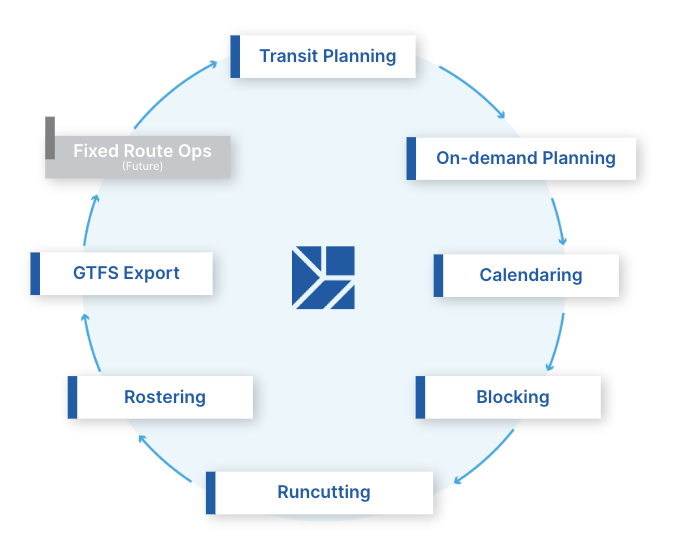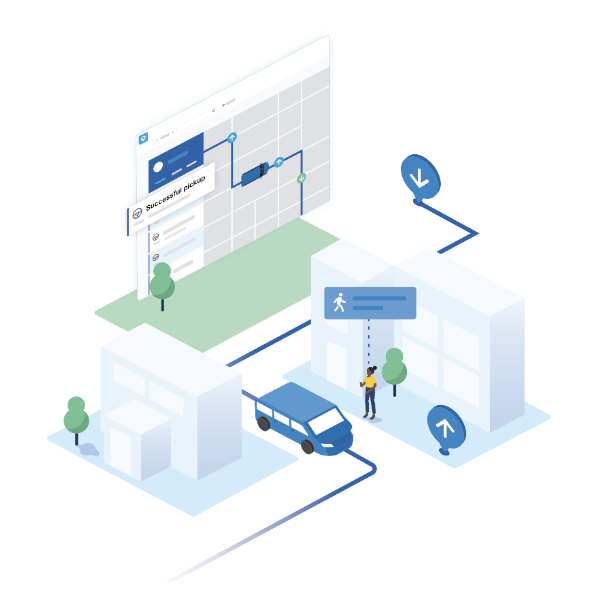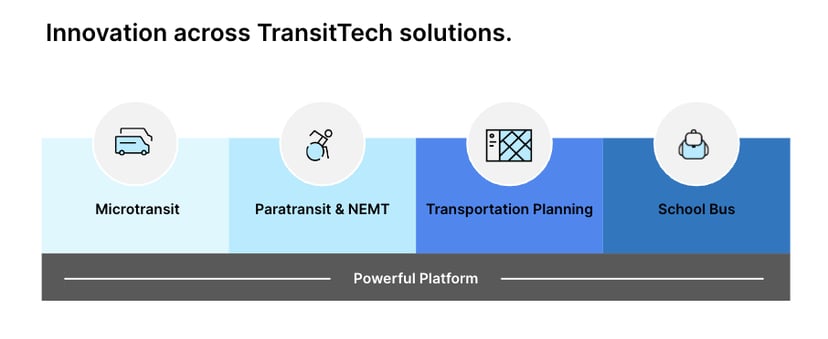“Transportation has seen more changes in the last 100 months than the last 100 years” — that’s what Shyam Kannan, transit expert and ModeShift podcast guest, has observed about our current moment in TransitTech. How does a company like Via keep up with this pace of rapid change? How do we make sure our products not only respond to industry needs, but also anticipate and innovate ahead of them? We’ve got a world-class team of engineers, transit planners, and operations experts, but in many ways, our greatest resources are the 600+ cities, transit agencies, and other transit professionals we serve. This group functions as the largest, most diverse set of thought partners in the industry, and we’re continually humbled by their expertise, vision, and care for the riders they transport. Our conversations with these forward-thinking transit leaders are our continuous inspiration for the updates we plan and execute in our product suite. Combining insight from the field with our vision, we aim to create products that benefit entire public transportation systems – and entire communities at scale. Those inputs set the stage for our 2023 Product Priorities so that we can deliver on needs today and set the stage for transportation systems of the future.
What we’ve heard, and what we’re doing:
Every partner we work with has a unique set of priorities — but certain threads hold together a shared vision for the future. We’re focused on three primary themes for 2023: Whole network thinking.
Cities and transit agencies aren’t only thinking about buses, trains, and demand-response. They’re thinking about integrated mobility, and how to tailor the right mode for the right area and foster connections between services. So we are building the next generation of microtransit, to help partners connect to and improve the entire public transit network.
- We’re upgrading our planning tools to help assess how transit modes work together to make each city more accessible, and enhancing our operating software to deliver an optimized way to run multiple services within a single interface.
- We want operators to benefit from services that connect microtransit and fixed routes to make the entire network more efficient.

Need for nimbleness.
If we’ve learned anything over the past few years, it’s that ridership patterns can change on a dime — and transit providers need to be ready to re-scale or update services appropriately. We want to help transit stakeholders stay ahead of changing transportation needs by offering continuous planning features.
- Building on the launch of Scheduling in 2022, we are creating stronger connections between products, and between agencies and their communities. Remix users will have more robust planning features than ever, enhanced presentation and public commenting tools for faster consensus building, and the ability to work across multiple data sources to make informed decisions.
- We’re integrating planning and scheduling so planners can import route changes directly into each blocking and rostering process. Planning should be a continuous process, so we incorporate service data allowing users to iterate easily and frequently.
- Our new paratransit planning tools maximize partners’ fleet and driver resources throughout the week, creating flexibility to serve additional use cases or simply save on operational costs by better matching supply to demand.
 Rider-centricity.
Rider-centricity.
Riders across the board, from traditional fixed-route to microtransit to paratransit, expect a frictionless experience as they plan, book, and pay for transit trips. We’re incorporating new experiences within the rider app, and giving paratransit dispatchers new tools that ultimately benefit their riders.
- We’re building flows in the rider app so riders can explore, plan, and pay for trips in a single place.
- We’re delivering more self-serve tools for paratransit riders and their caregivers in order to provide more control and flexibility in their day to day travel.
That’s not all: this year we will also be sharing other exciting solutions like Student Transportation, fleet electrification capabilities, open API documentation, and more. We are starting this work from an already-robust foundation of capabilities, and are excited to grow this strong foundation with our partners and communities around the globe.
Learn more about Via’s solutions





